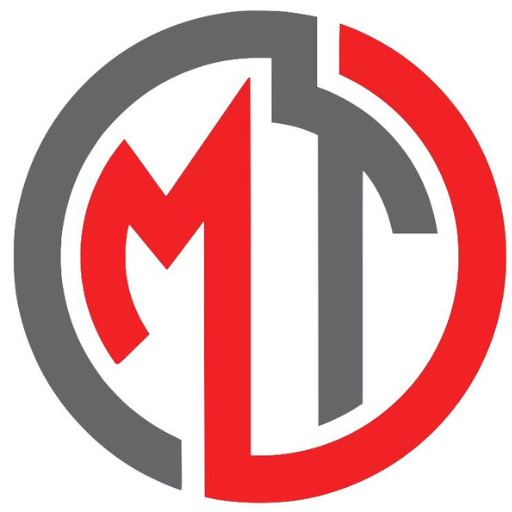PAB (Polyurethane Anti-Skid Buffer)
Share
PAB: The Unsung Hero of Safe, Stable Surfaces
When it comes to creating safer walking surfaces and protecting equipment from wear and tear, Polyurethane Anti-Skid Buffers (PAB) have quietly become an essential solution across multiple industries. These specialized components combine durability, safety, and versatility in ways that make them indispensable for modern infrastructure.
What Is a Polyurethane Anti-Skid Buffer?
A Polyurethane Anti-Skid Buffer is a protective component made from high-grade polyurethane material, designed specifically to prevent slipping while absorbing impact and vibration. Unlike traditional rubber or plastic alternatives, PAB units offer superior resistance to abrasion, chemicals, and environmental stress, making them ideal for demanding applications.
The "anti-skid" feature comes from specially textured surfaces that provide exceptional grip even in wet or oily conditions. Meanwhile, the buffer properties allow these components to absorb shocks and reduce noise, protecting both equipment and surfaces from damage.
Key Applications and Benefits
Transportation and Infrastructure
PAB technology has found widespread use in transportation systems. Railway platforms, subway stations, and bus terminals utilize these buffers to create safer boarding areas. The material's ability to withstand constant foot traffic while maintaining its anti-slip properties makes it perfect for high-traffic zones.
Industrial Settings
Factories and warehouses deploy PAB solutions around heavy machinery, loading docks, and conveyor systems. The buffers protect floors from equipment impact while ensuring workers have stable footing in potentially hazardous environments. Their resistance to oils, solvents, and extreme temperatures means they maintain effectiveness even in harsh industrial conditions.
Commercial and Residential Spaces
From parking garages to swimming pool decks, PAB strips and pads provide peace of mind in everyday environments. Property managers appreciate their low maintenance requirements and long service life, which significantly reduces replacement costs over time.
Why Polyurethane Outperforms Alternatives
The choice of polyurethane as the base material isn't arbitrary. This polymer offers a unique combination of properties that rubber, plastic, or metal simply cannot match:
- Exceptional durability: Polyurethane resists wear up to five times longer than conventional rubber
- Weather resistance: Performs consistently across temperature ranges from -40°C to 90°C
- Load-bearing capacity: Maintains structural integrity under heavy loads without permanent deformation
- Chemical stability: Unaffected by most oils, fuels, and cleaning agents
Installation and Maintenance
One of PAB's greatest advantages is its straightforward installation process. Most units come with adhesive backing or can be mechanically fastened, allowing for quick deployment without specialized tools. Once installed, maintenance is minimal—typically requiring only periodic cleaning to remove debris that might reduce traction.
The longevity of polyurethane anti-skid buffers means they often outlast the surfaces they protect, providing years of reliable service with minimal intervention.
The Future of Safety Solutions
As safety regulations become more stringent and organizations prioritize accident prevention, PAB technology continues to evolve. Manufacturers are developing enhanced formulations with improved UV resistance, antimicrobial properties, and even smart features that can signal when replacement is needed.
For facility managers, engineers, and safety professionals, Polyurethane Anti-Skid Buffers represent a cost-effective investment in protection and prevention. They're proof that sometimes the best solutions are the ones working quietly beneath our feet, keeping us safe one step at a time.
